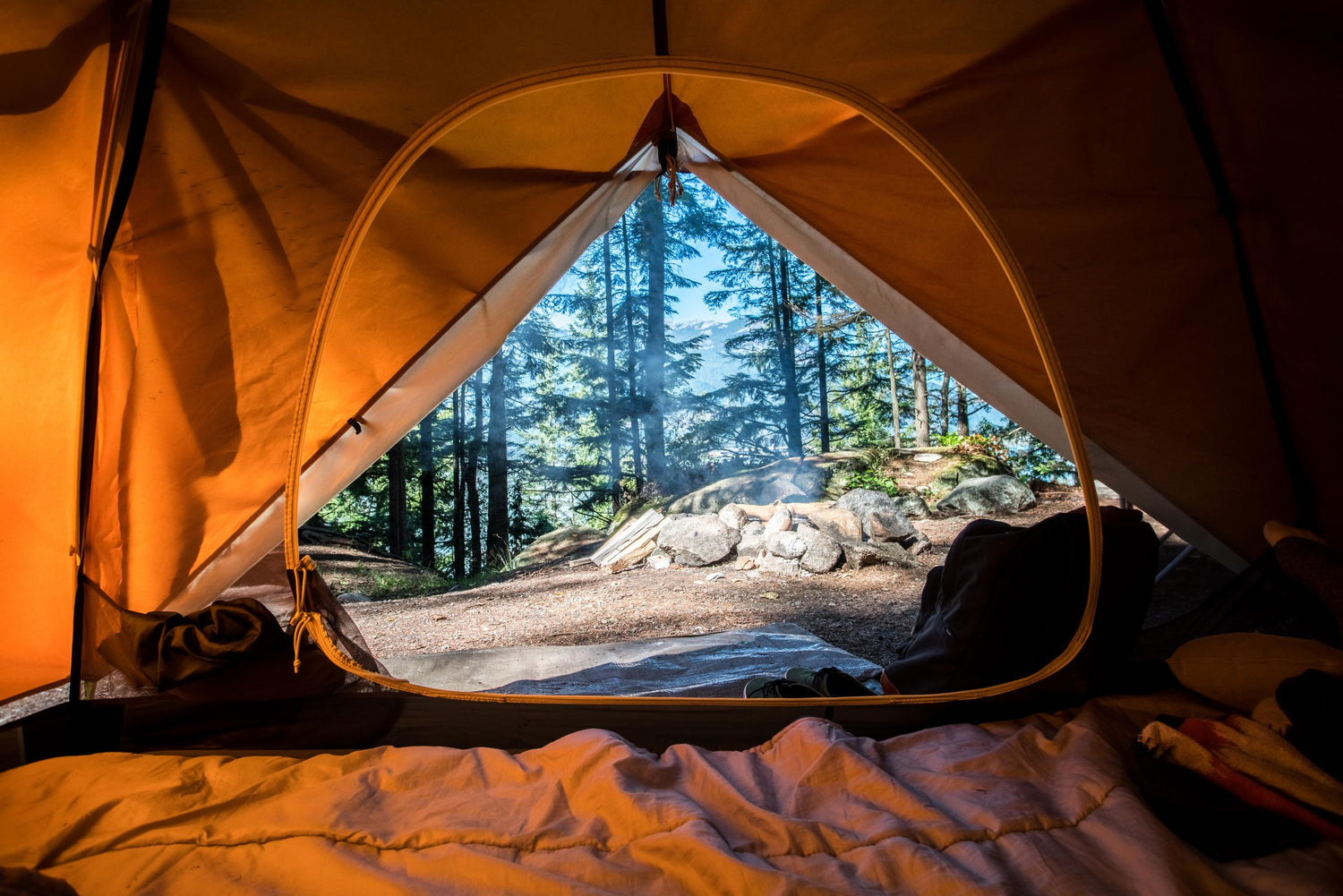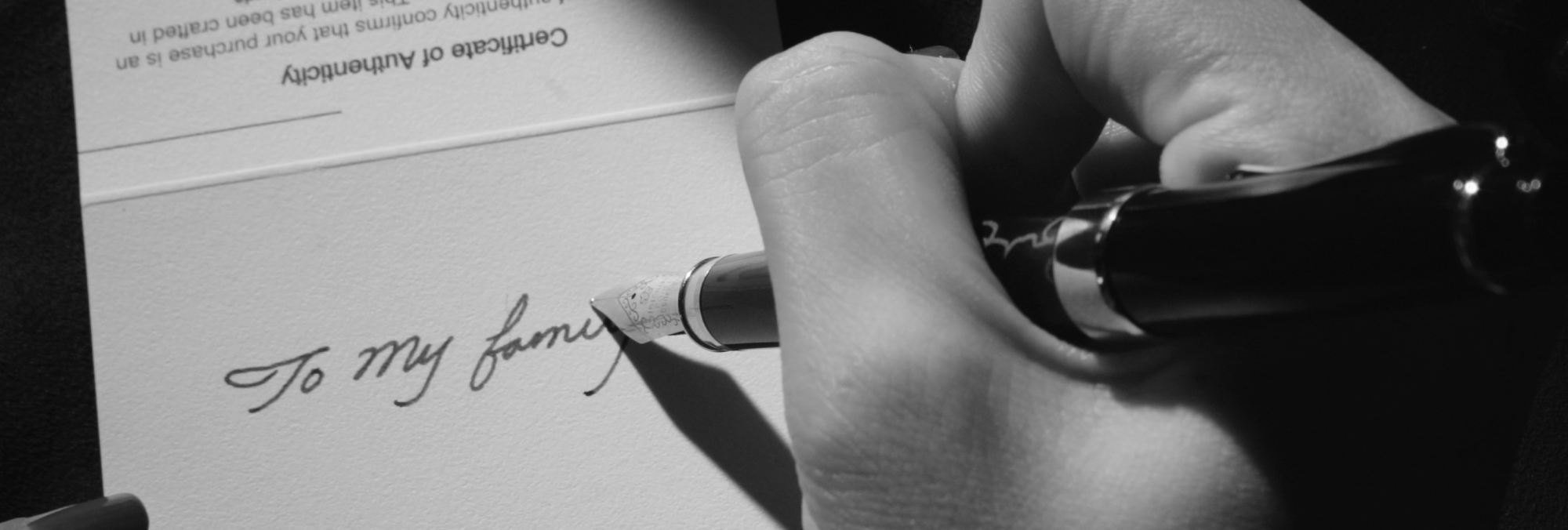The COVID-19 pandemic has flipped most people’s travel habits upside-down. I know I’m not the only person who’s had to cancel an exciting vacation because of COVID travel restrictions and precautions. But as the COVID crisis drags on, people can’t just stay cooped up in their houses for months on end. They’ll go nuts.
Instead, many people have shifted their travel plans to stay local and socially distanced. That’s why campground bookings and glamping trips have skyrocketed in popularity – as much as 400% in the last year.

Why Has Camping Been So Popular During the Pandemic?
It’s Social Distancing-Friendly
With people scrambling to find fun recreational activities that avoid the major risks of transmitting COVID, outdoor activities have reigned supreme. People tend to feel more comfortable meeting up with friends outside, where fresh air and wide-open spaces are plentiful and readily accessible. This makes camping a good alternative to city exploring. Instead of brushing up against strangers everywhere you go, people are finding enjoyment by taking to the trees and relaxing under the stars.
Individual campsites are easy to book, giving campers their own remote area designed just for their immediate circle of friends and family. Even bigger gatherings can stay safe, with dispersed camping options becoming more popular. This is a way to book batches of campsites for separate groups or pods. That way, individual groups can stay safely distanced from other pods, but can still see each other and spend time together.

A Health-Conscious Tie-In
Camping is a way to return to nature, which is something lots of people are craving right now. Being outdoors increases appreciation for the environment and plays into their existing interest in sustainability and preserving nature.
It’s a Perfect Staycation Escape
For those used to frequent travel, the pandemic has been a hard adjustment. I was used to taking a week-long vacation several times a year, meaning I’ve missed several at this point. Camping is a great alternative to risky travel that involves hopping on a plane, navigating an airport, and the other high-touch parts of traveling.

An Entry-Point to the Outdoors
Surprisingly, even city-dwellers who didn’t previously like camping are taking to the habit. People who live in cities are more likely to live in small apartments or condos and to not have ready access to the outdoors. Those who own their homes generally at least have a yard. But for people who’ve been cooped up in a high-rise apartment building in the middle of the city for a full year now, camping suddenly feels like a very appealing option. It’s the perfect escape from city life that can suddenly feel cloistering and claustrophobic.

This is evidenced by the groups of people who are now taking a sudden interest in camping. It’s been disproportionately people in their 20s and 30s, not normally camping’s biggest demographic. In fact, 55% of millennials reported taking their first-ever camping trip during the pandemic.
A Sense of Adventure
City-dwellers are used to being very familiar with their surroundings. Even in large metropolitan areas, there’s a sense of purpose and identity that comes from living in the middle of an urban area. The novelty and mystery of camping in an unfamiliar place adds an air of excitement. And, of course, there’s the benefit of supporting the local small-town culture and whatever leisure activities are available at the specific campsite.

Essential Packing List for the Beginning Camper
If you’re reading this thinking about how nice a camping getaway sounds, great! But if camping isn’t normally your thing, and you might be unsure how to even approach a camping getaway. Here’s a list of things you should consider bringing. But always check the campsite you’re planning on staying at; sometimes, some of these things are provided.
The Bare Essentials
- Tent (and everything you need to pitch it properly)
- Sleeping bags and pads
- Extra blankets and pillows
- Flashlights
- Camp chairs (and a table, if your campsite doesn’t have one)
- Firewood
- A clothesline with clips
- Changes of clothes
- A waterproof jacket
Covering Your Other Basics
- Basic cooking supplies (or bring all ready-to-eat food)
- Drinking water
- Utility knife
- First-aid kit
- Bug spray
- Sunscreen
- Basic toiletries
- Hammock (optional, but nice to have)
Glamping, and Why People are Choosing To Do It
Roughing it in the wilderness the traditional way isn’t for everyone. Pitching a tent and sleeping in the cold may not sound appealing for some newcomers to camping, especially those used to the comforts of the city. That’s why glamping has become so popular.
Glamping combines the best of both worlds, providing the adventurous, exploratory parts of camping while retaining the comforts and luxury of regular life. So how is glamping different from regular camping?

Yurts and Cabins, Not Tents
One of the most striking differences between glamping and camping is accommodations. Most people associate traditional camping with pitching your own tent in the middle of the woods. Glamping, however, is much more likely to involve staying in slightly more cleaned-up, comfortable, and sometimes even eccentric accommodations. We’re talking yurts, domes, luxury tents you don’t have to pitch yourself, or even treehouses. These are designed to be clean, comfortable, and often Instagram-worthy.

Creature Comforts
Most glamping sites are set up with heat, and some even have air conditioning and running water. It’s not unusual for glampsites to include food options, or to be set up with user-friendly cook sites like electric stoves, cooktops, or grills. Some glampsites even have wifi for those who don’t want to disconnect entirely. It’s a bit more like staying in a hotel; you’ll often feel more like a guest than an explorer.
But that’s not to say you can’t still enjoy the benefits of camping while glamping. If you want, you can absolutely still whip up some tin-foil dinners or go on a hike. Depending on how far into the wilderness your glampsite is, you might still get to see wildlife. And you’ll still be able to enjoy peace and quiet.
Glamping and Campgrounds: An Emphasis on Rejuvenation
Camping and glamping have similar objectives, but they approach those objectives in different ways. That’s because everyone is different. For some people, there’s nothing more relaxing than taking to the wilderness with nothing but the clothes on your back and a sleeping bag.
For others, that sounds downright unnerving. And some people want the escape that camping offers without the careful planning that it takes to plan a safe camping trip. That’s where glamping comes in. For the city slickers and comfort seekers, glamping offers an escape without all the logistics. If you’re looking for a space for quiet reflection, glamping might be the perfect option for you.

In conclusion, the influx of camping (both in its traditional and more glamorous forms) will benefit domestic travel in the long run. As people take to the wilderness for a taste of nature amid stay-at-home orders and social distancing, they’re getting more comfortable with nature. Over time, this is likely to lead to increases in popularity for domestic travel, especially in its less glamorous forms. The definition of recreational travel is expanding for a lot of people, which can only be a good thing.




